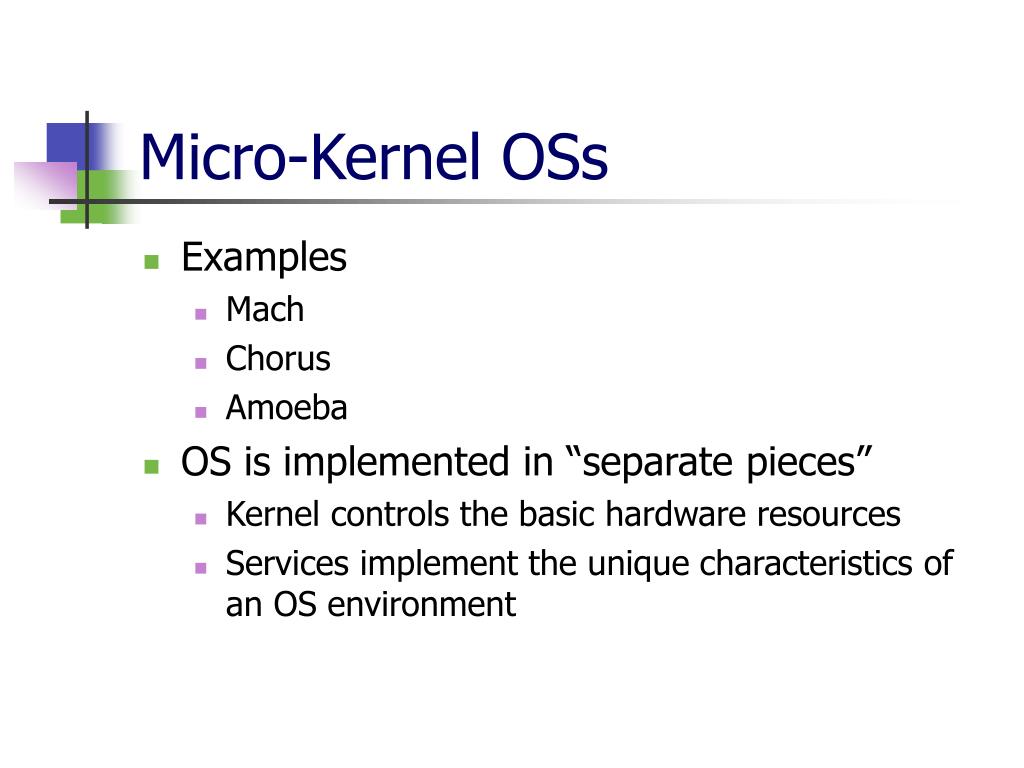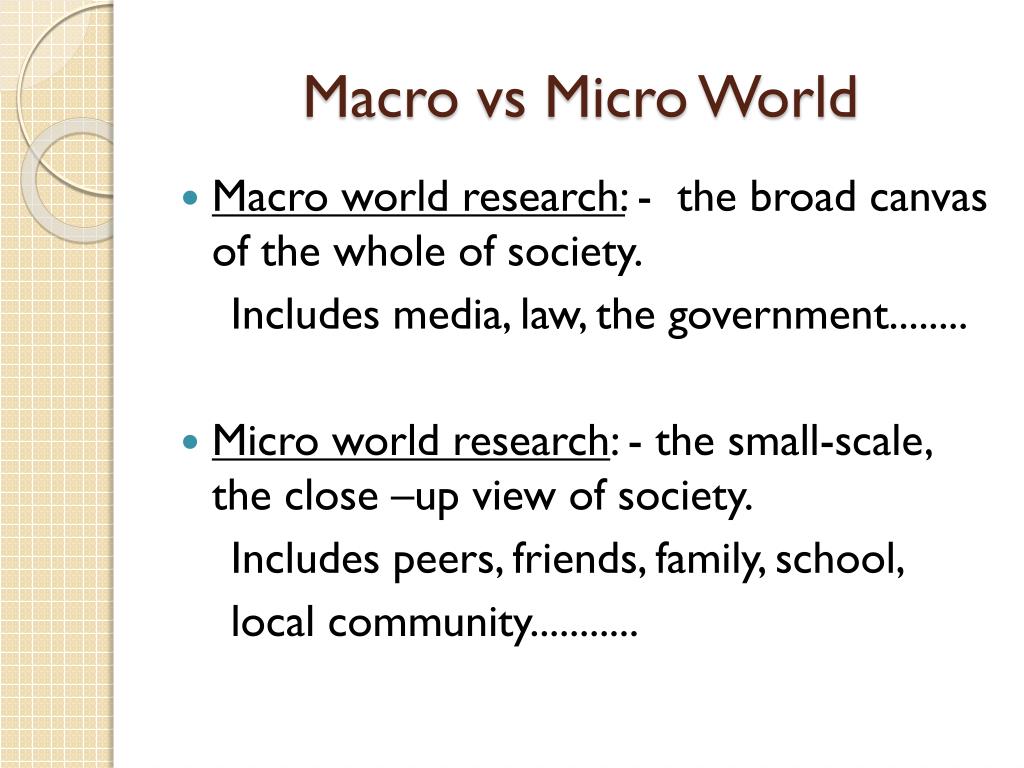
One way to evaluate difficulty is by comparing the percentage of students who scored the highest score, five on each exam. What does this data indicate? What is the AP microeconomics passing rate? We observe that the students scored almost similarly on both exams, with micro ap having slightly higher scores. Not the percentage of students who scored 1-5. The 2021 AP score statistics for each exam are given below. Let us look at some statistical data on each of the AP exams to get an idea of the difficulty level. If you, however, decide on taking both AP economics classes, you will already have a good idea of what to expect until it’s time to take your second AP economics exam. The free-response section constitutes 33% of your total AP score, while the multiple-choice section is worth 66%.īecause the format of both the AP exams is identical, it is hard to base your decision on which class to take on this factor. It consists of three questions (two short free-response questions and one long free-response question) and lasts one hour. The second section for both exams is the free-response section. There is a multiple-choice question section at the beginning of both exams that contains 60 questions and lasts for about 70 minutes. The modeling and analysis of different economic situations are highly emphasized skills in both courses.īoth the AP exams are structured in the same way.


“Macro” means “large,” and macroeconomics deals with the behavior of governments and countries, which are larger entities than businesses and individuals (the focus of microeconomics).īoth areas of economics are important as they are both required to get a complete idea of how the economy functions as a whole. On a fundamental level, macroeconomics deals with the behavior of governments and countries, whereas microeconomics deals with the behavior of businesses and individuals.

What are the main differences between Macroeconomics and Microeconomics?īefore we start the debate on microeconomics vs macroeconomics class, let us first look at the basic differences between these two areas of economics. This article will provide you with all the information regarding the two classes so that you will be more confident about your choice.
Micro vs macro how to#
But how to decide? Don’t worry! We are here to help you. Confused about whether to take microeconomics vs macroeconomics class? Even though the names are similar, these two AP classes cover very different concepts, and there may be one better suited for you than the other.


 0 kommentar(er)
0 kommentar(er)
